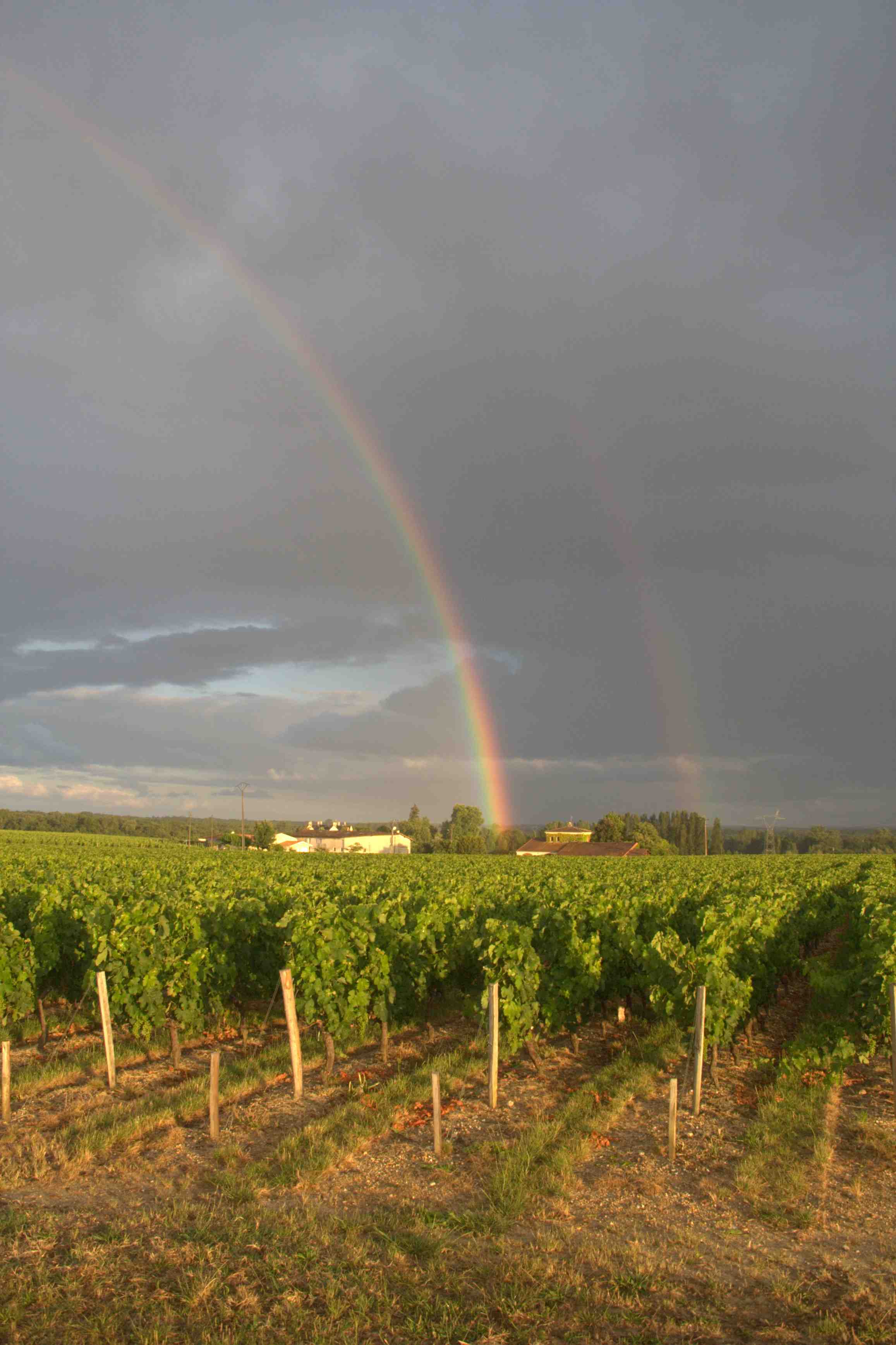Lister stayed in Bordeaux throughout the winter. On folio 2 of his pocketbook, he noted:
8ber 30. came to my lodgings at M. Feuilles Rue della Roschelles à Bordeaux
On folios 17 and 18 of his pocketbook, he then observed:
the wines which they \call/ at Bordeaux vin de graves[1] is that which groweth in pebly ground and it is there observed that the earth which is fullest of small white pebles produceth the best wines.[2]
The ground on this side the river is very low and hath affordeth much better wines than the other, which is mountainous. the wines on the other side if \they/ be of redde plantes, as [[met in]] that are observe[d] of a darke colour: and it is observed that white plantes on such ground produce the best white wines.[3]
[1] Lister may have been referring to the region of Pessac-Leógnan within the Vin de Graves, which has received a separate appellation for the traditional superiority of its soil, predominated by deep ancient gravel banks. On 10 April 1663, Samuel Pepys wrote in his diary that he drank a ‘French wine called Ho Bryan that hath a good and most particular taste that I ever met with’. Pepys apparently tasted a wine at the Royall Oak Tavern in the heart of London called Haut-Brion, from the leading Pessac-Leógnan chateaux in the region. See Oz Clarke, Oz Clarke’s Wine Atlas, 2nd edition (London: Ted Smart, 2002), 42.
[2] Oz Clarke notes that in the times of Pepys, most Graves wine would certainly have been red; he states, ‘even today, Pessac-Leógnan has a reputation for producing good red in less good years because its ability to ripen Cabernet Sauvignon and Merlot grapes that little bit earlier, before the autumn winds sweep in off the Bay of Biscay’. White Graves, by contrast, were made by Sémillon and Sauvignon grapes. See Clarke, Oz Clarke’s Wine Atlas, 43.
[3] The Graves region begins north of Bordeaux, at the Jalle De Blanquefort, the southern boundary of the Médoc. It continues through the city for 35 miles, ending south of Langon.

